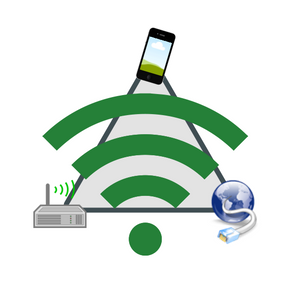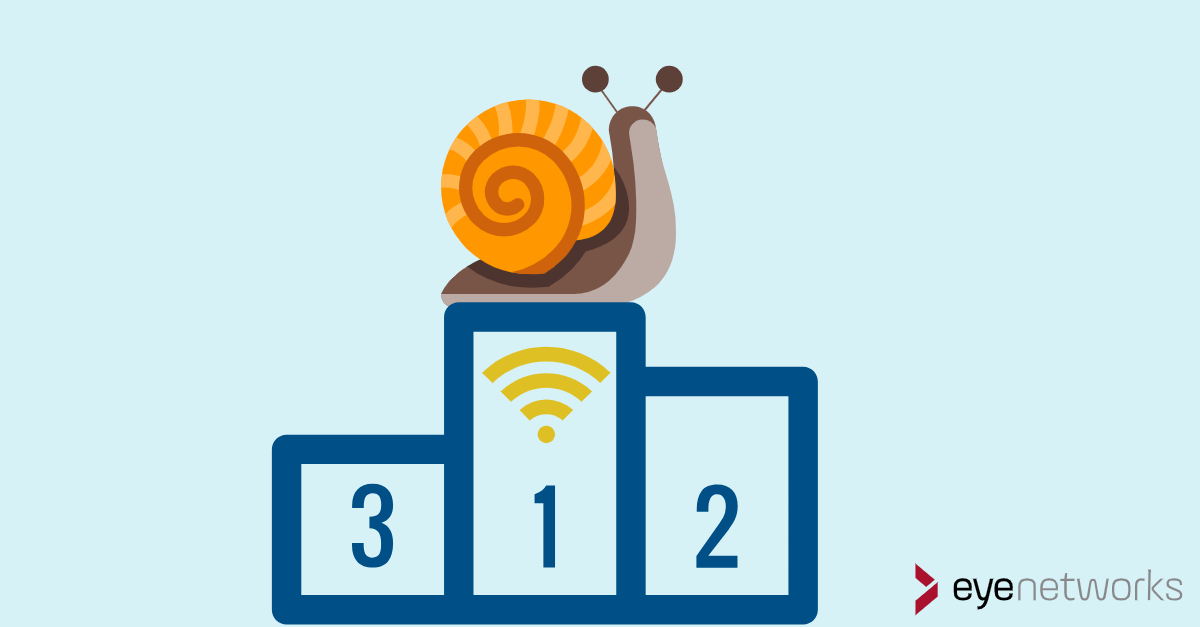Is wifi slow on your mobile even though your router is new? Is your new laptop painfully slow on an old network? Here’s what you need to know about wifi speed: The weakest link wins always.
You’ve probably heard it, and maybe said it:
- “Why is the internet so slow on this brand new cell phone?”
- “I bought this new super router, why doesn’t the internet speed up on my laptop?”
- “I never get the speed I pay for on my living room PC”
The short answer is: wireless speed is complicated, and the weakest technology decides.
Of course, we have a longer answer too.
The trinity that determines maximum speeds.

These three factors determine how fast a wireless connection you may achieve with a mobile, PC, or other device:
- The standards and technologies supported by the wireless device (client)
- The standards and technologies supported by the wireless network (the router / access point and any extenders)
- Your broadband subscription
To achieve top speeds, you need all three to have matching capabilities.
A new mobile and / or the best broadband package won’t help if you have an old router using only the 802.11b standard.
The latest router and the most awesome PC can’t speed up a lousy broadband package.
And although new access points may be good at getting the maximum potential out of old mobiles and PCs, they cannot increase what is the actual maximum for an old device.
The factors that affect the actual speed
The speed you actually achieve will also depend on conditions in your home that may change continuously:
- The distance between the wireless device and the access point/router, as well as any physical obstructions for Wi-Fi signals.
- Noise/interference from other networks and wireless devices, microwave ovens and the like.
- Other gadgets that are connected to the network, what their capacity is and how much of it they use.
Who is to blame when the internet is slow?
If all gadgets connected to a network experience consistently poor Wi-Fi performance regardless of time, location, and device, the problem is probably with the wireless access point or the Internet subscription. You have an old access point/router, it is incorrectly set up, or your broadband subscription does not provide fast enough speeds.
Performance problems that vary with time and place in the home are often really problems with the coverage.
But what if there is only one or a few devices that are getting slow connections?
The weakest Wi-Fi standard gets to decice
All gadgets that can communicate over a wireless internet connection support a Wi-Fi standard.
The latest standard that is widely used today is called 802.11ac. Before ac came n, and before n came g and b.
In general, the older the standard, the lower the supported speeds.
To get the most out of a standard, it must be supported by both the client – the mobile, PC or other device – and access point / router / amplifier.
So what does this mean in practice? Here’s what it means:
- If you have a newer client that supports 802.11ac, such as an iPhone 7 or Surface Pro 4, but the router only supports the n standard, it is the router that wins.
- However, if you have an older client that only supports n, such as an iPhone 4 or Galaxy S3, and a new router that supports ac and other new technologies, the client is the winner.
What a smart network can do for an old client
The maximum capacity of a device is therefore limited by the wireless standards it supports. However, how close to that maximum it actually performs will be affected by the wireless network.
When you have multiple access points with client management and band steering, older gadgets can be better taken care of, because the network determines what and where the best connection is. It can also isolate any gadgets with poor performance so that it doesn’t cause problems for others on the network. This is one of the reasons why Eye Networks has chosen to sell and recommend smart mesh networks from eero and Zyxel.
Find out what your equipment supports
If you wonder what your wireless access point supports, check the documentation that came with it, or search online for the model name and number + “Specifications”. If you got the equipment from your internet service provider, you can also ask them.
If you’re wondering what the wireless gadgets in your home support when it comes to wireless standards, you will find a comprehensive overview of mobiles, PCs and other wireless clients here: http://clients.mikealbano.com/
The “.11” column tells you which standard the wireless client supports.
If you take a particular interest in technicalities, you can also take a look at the column “SS”, which stands for spatial streams, and here the rule is “the higher the better”. This is a fairly new technology that allows you to send more data at the same time and thus provides higher speeds – but again you depend on the client and access point to support the same amount of spatial streams in order to get the full impact.
Article by Jan Pedro Tumusok and Jorunn Danielsen
